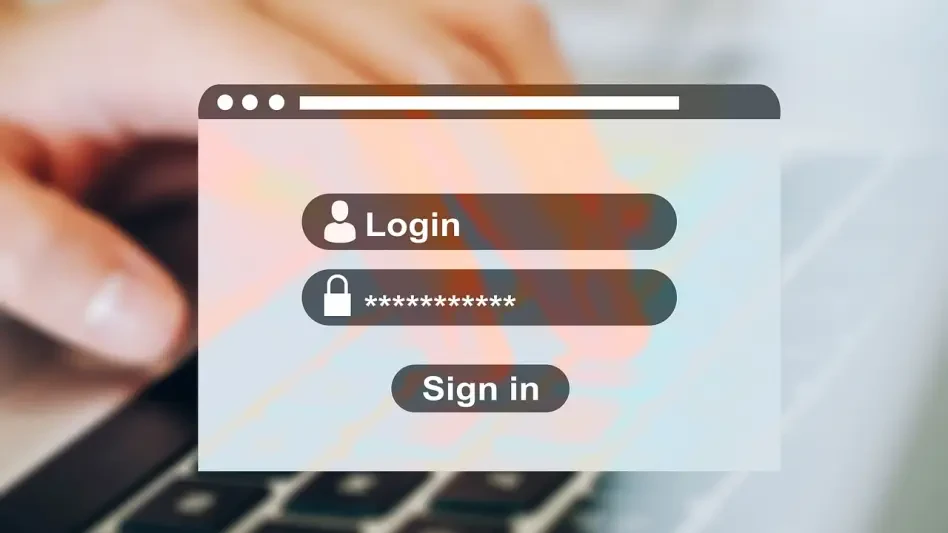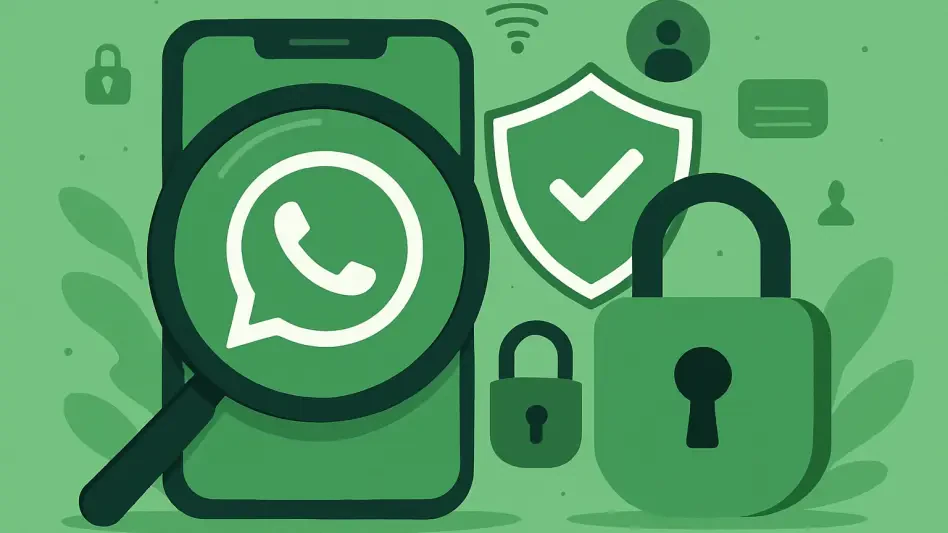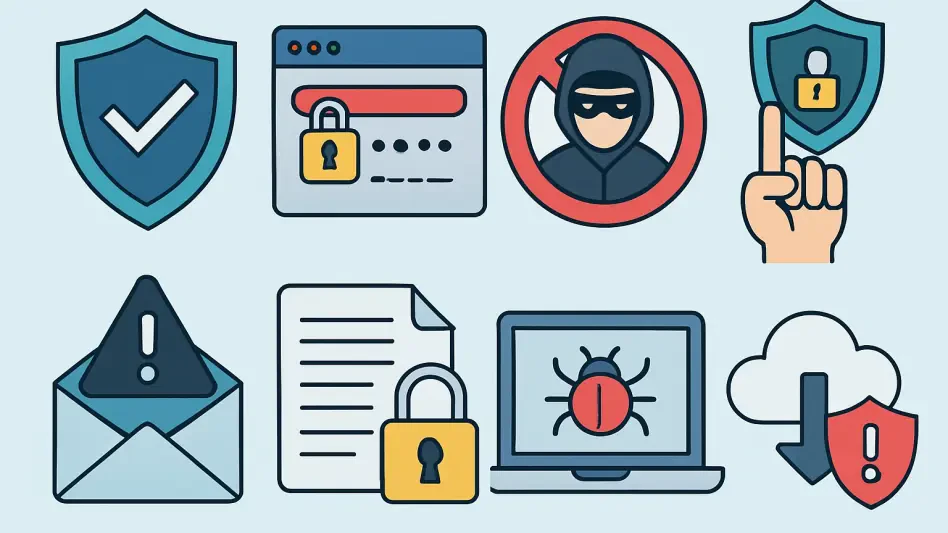In a world reliant on digital platforms for everyday activities, the persistence of weak passwords has reached a critical point. Despite numerous educational initiatives aimed at improving password security, many people continue to use easily guessable and insecure credentials. A recent study by Cybernews underscores this alarming situation, examining more than 19 billion exposed passwords from various breaches over the past year. Only a meager 6% of these passwords were found to be both strong and unique, showcasing a compelling need for action. Among these common passwords are simplistic sequences such as “123456” and commonly used words like “password” or “admin,” highlighting a serious vulnerability in personal and organizational cybersecurity efforts.
Evaluating the Pervasiveness of Weak Passwords
Common Patterns and Repeated Mistakes
The epidemic of weak passwords is exacerbated by the repetitive use of simplistic credentials across countless online platforms, making accounts easy targets for cybercriminals. Astonishingly, 42% of passwords fall within the 8-10 character range, often devoid of character diversity, enhancing the risk of unauthorized access. Many passwords rely heavily on lowercase letters and digits alone, lacking the complexity needed to withstand attacks. Popular names, everyday words, and references from pop culture, such as “batman” or “love,” further contribute to the vulnerability by being predictably easy for attackers to guess. These habits persist despite users being aware of their potential consequences, highlighting a crucial gap between knowledge and application in real-world scenarios.
More worrisome is the fact that while the inclusion of uppercase, numerals, and symbols in passwords has grown from a paltry 1% to 19% in recent years, simplistic passwords still overwhelmingly dominate. The reliance on such trivial combinations not only increases susceptibility to breaches but also diminishes the effectiveness of other security measures. The continued use of easily obtainable passwords reflects a broader culture of convenience over security, posing significant challenges for cybersecurity professionals striving to enhance users’ understanding of secure practices. This trend underlines the importance of reshaping user behavior to prioritize robustness in password creation across digital landscapes.
Consequences of Insecure Passwords
The continued preference for weak passwords has far-reaching implications, significantly escalating the potential for personal and corporate data breaches. Insecure credentials open the door for cyber intrusions, where sensitive information can be easily extracted for malicious purposes. This exposure is particularly alarming in instances where passwords are reused across multiple platforms, compounding the risk of large-scale security compromises. The shortfall in password security leaves both individuals and organizations vulnerable to attacks, amplifying the necessity for immediate remedial measures.
Encouragingly, employing password managers offers a practical solution to overcome the prevalent tendency to recycle passwords. Such tools facilitate the generation and storage of complex, unique passwords, simplifying their management. Furthermore, the integration of multi-factor authentication (MFA) provides an extra layer of security, significantly reducing access opportunities for potential infiltrators. These advances in security technology should ideally be paired with stringent password policies within organizations, advocating for the incorporation of diverse characters and minimum length requirements to maximize password resiliency. This proactive stance could go a long way in fortifying defenses against an ever-evolving cyber threat landscape.
Strategies for Strengthening Password Practices
Importance of Enhanced Security Measures
In response to the ongoing crisis, it is crucial for individuals and organizations to adopt proactive strategies aimed at increasing password strength while minimizing security risks. One of the foremost solutions involves the widespread use of password managers that help create and maintain secure credentials while alleviating the mental burden of memorizing numerous complex passwords. Moreover, these tools promote the use of longer passwords with a mix of characters, thereby reinforcing a security-first mindset.
Adopting multi-factor authentication (MFA) as a standard practice provides an additional security layer, ensuring that even if a password is compromised, unauthorized access is still thwarted. Password policies should be refined to emphasize comprehensive guidelines that encourage users to embrace complexity, thereby fostering an environment where security is prioritized alongside usability. By instilling a culture of educated and informed digital practices, the landscape of password usage can be transformed into a much safer avenue for online interactions.
Encouraging Effective Cybersecurity Behaviors
Promoting conscious behavior change is pivotal in bridging the gap between awareness and actual implementation of strong password practices. Continuous education efforts should aim to demystify cybersecurity concepts, providing accessible information that empowers users to make informed decisions. Interactive workshops and awareness campaigns can serve as catalysts, helping cultivate a comprehensive understanding of online vulnerabilities and the practices necessary to mitigate them.
Further, organizations must step up to integrate structured training programs tailored to each employee’s level of engagement with digital systems. By leveraging scenarios that demonstrate the tangible impact of security breaches, employees can visualize potential risks, driving home the importance of robust credentials. Reinforcing learning with regular assessments ensures that cybersecurity knowledge remains current, agile, and responsive to emerging threats. Effecting this collective shift in user behavior will not only reinforce safeguards but also instill a foundational resilience in a fast-paced digital world teetering between innovation and impending security threats.
Future Considerations for Cybersecurity Resilience
In today’s digital age, where online platforms dominate our daily activities, the widespread use of weak passwords has become a significant issue. Despite continuous educational efforts to enhance password security, many individuals still rely on passwords that are easy to guess and lack the necessary security. Cybernews recently conducted a study analyzing over 19 billion exposed passwords from various data breaches over the past year. Shockingly, only a scant 6% of these passwords were deemed strong and unique, highlighting a dire need for change in how people approach cybersecurity. Common passwords, such as “123456,” “password,” and “admin,” remain prevalent, illustrating a critical vulnerability in both personal security and organizational safeguards. This situation underscores the importance of adopting more robust security practices, such as using complex and unique passwords, enabling two-factor authentication, and frequently updating login credentials, to protect sensitive information from cyber threats.








